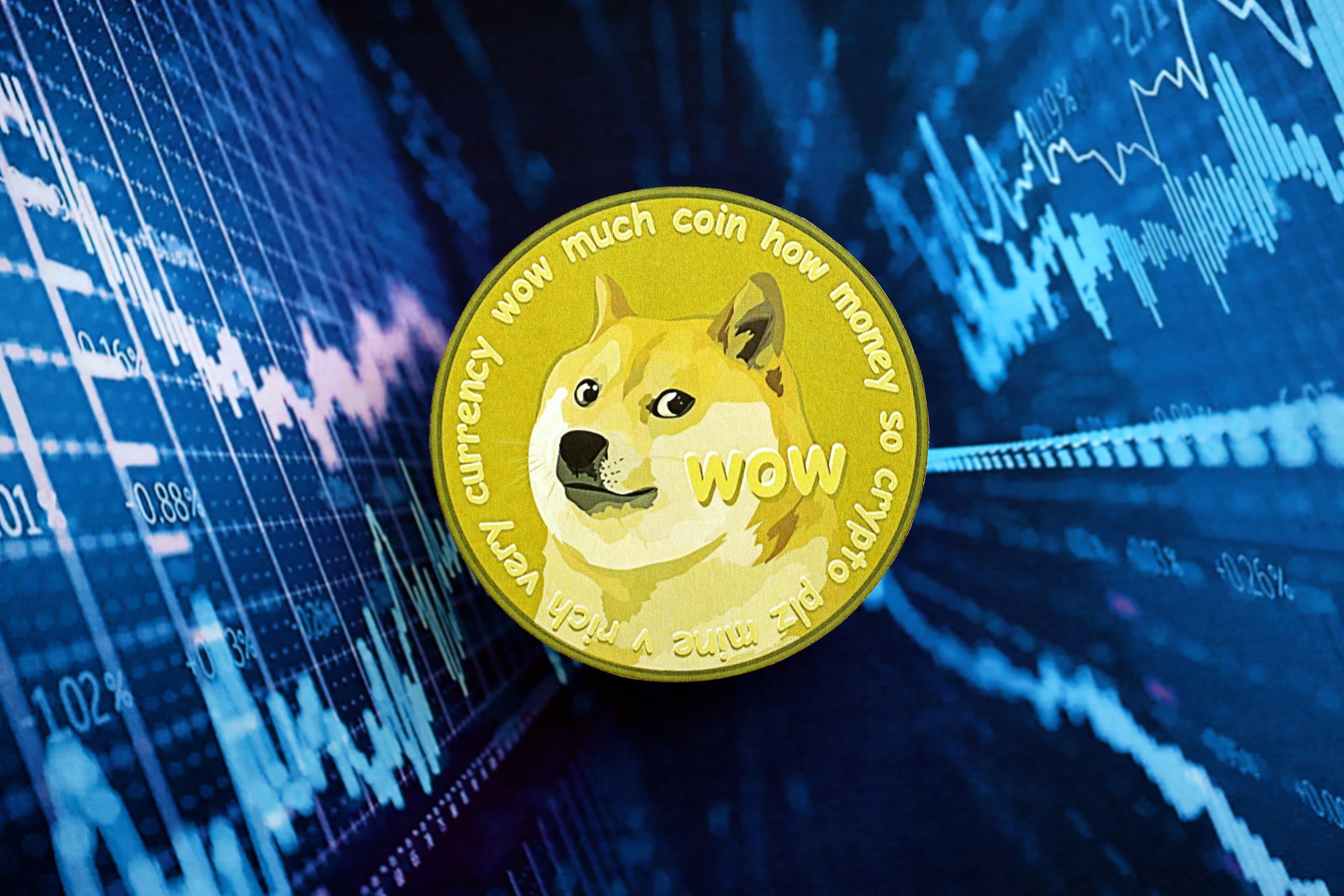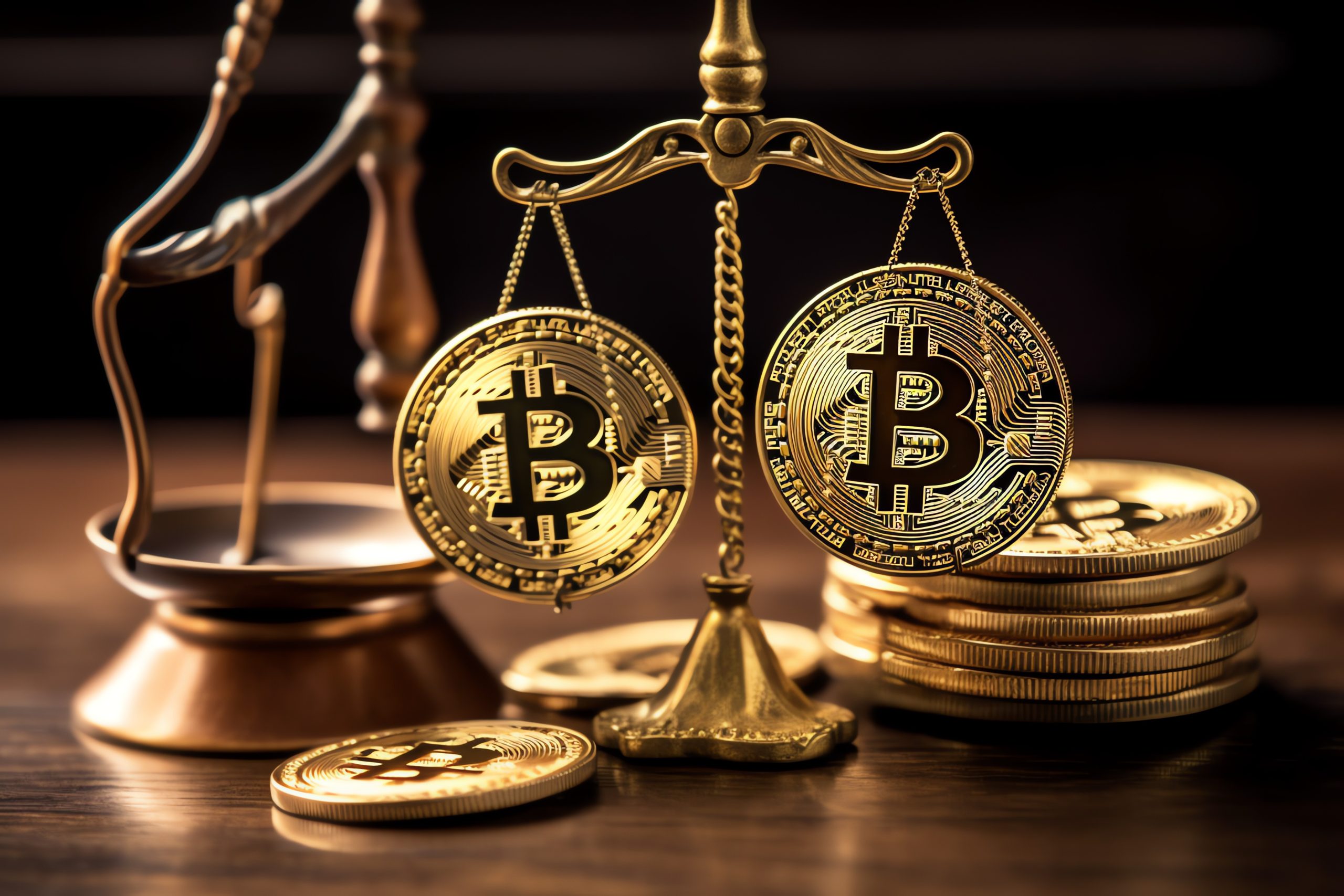What is a DApp?
The primary goal behind projects like Ethereum, EOS, and others is to build a decentralized application that keeps the users’ information safe by making sure that it is not kept in one place, but rather in multiple places. When a smart contract combines itself with a cryptocurrency, a blockchain, and an application, the result is a DApp or decentralized application.
Yet, DApps are quite similar to traditional mobile apps, but differ in the monetisation of users and in the way data is stored. Out of these differences, one major difference is the fact that the infrastructure of a DApp is powered by the blockchain and thus, is open to all. In this paper, DApps will be defined and examined in relation to their importance with regard to technology.
The Origins of Decentralized Applications (DAPPs)
These days, when searching on the internet, many users, including myself, are depending upon their favorite applications to store their personal data and have faith in the providers. All these days, many of the internet users used to get a lot of services free of cost, however, in return the users (and usually without their knowledge) allowed their data to be used by advertisers. This is the case with “free” email services. Advertisers reside in your inbox in order to make a profit by showing ads while you are checking your emails.
This practice, although common, has received severe criticism and has triggered public anger. Among its most outstanding incidents in terms of notoriety is the Cambridge Analytica affair in 2018 when the data of several million users of one of the social networks was leaked in exchange for political ads. Moreover, other sensational cases are reported with the same problem when hackers collected the secure personal data of millions of users.
The development of Ethereum in 2015 and further development of Initial Coin Offerings (ICOs) opened the way for other possibilities for applications to emerge, which tackled the issues of data security and the concentration of power in a single authority.
What is a Decentralized Application?
DApps, which stands for decentralized blockchain applications, operate on a similar concept to apps, only that there are distinctions. DApps, just like mobile apps, are business applications that are built on the network such as Ethereum blockchain. The primary significance of this is non-monopolization. As in any business enterprise, applications are controlled via an administrator.
In simple words, DApps stand for Decentralized Application which is a computer application that does not stay on a server, but a blockchain instead. DApps, like traditional web applications, have a user interface and a server-side application. The backend of a DApp, however, is specially designed on the use of a blockchain hence the term decentralized.
Furthermore, DApps are also owned and funded by its users, as it is the case with Ethereum and Bitcoin. The cooperative structure is the core aspect of the DApps functioning.
The Brave browser: An Example of a DApp in Practise
There are many DApp examples attributable to specific functions in gaming, social networks or web browsers DApp even. An interesting example is the Brave browser whose inception was in 2016 except that users earn by participating in browsing activities through the Basic Attention Token (BAT), which is an ERC-20 token. While it is designed simply as any other browser (in fact ranked up for being based on the chrome based framework of Google), Brave does not show ads or tracker from outside. They may, however, choose to see some ads and are rewarded for this respect. And for the courtesy, they get BAT tokens.
Brave displays ads only to its users and tracks only that behavior which concerns those ads, and nothing personal is ever kept in a database, rather the information is put on the Ethereum blockchain which is replicated on multiple computers. This technique shows how DApps enhances privacy since it normalizes the use of personal information.
Using a DApp
The first experiences with a DApp are not hard for the users. The users may install a cryptocurrency wallet like MetaMask into the browsers, as is supported by Firefox and Brave. MetaMask operates in the same way as Apple pay with regard to making purchases only that it deals in buying digital assets. Users are able to hold, send and receive the Ether and the ERC-20 tokens which allows them to play DApps like the famous DApp game called CryptoKitties.
DApps and Social Networks
Some decentralised applications have gone ahead to tap into social networking for example Steem. Steem is a social media site that has a blockchain of its own and it pays resident users for post and interaction in the form of STEEM cryptocurrency. Steem is like Facebook but more advanced in which encryption is provided for users and they get paid to participate-it is not based on advertisements like other media platforms.
Challenges and Scalability of DApps
Nevertheless, DApps are confronted with very serious problems. One of them is scalability. A lot of the blockchain networks have not reached the point where they can manage numerous users. A very good example is the CryptoKitties which is a game based on the blockchain that gives users the chance to buy, sell, and trade digital cats. The game was received very well when it was launched in 2017 and attracted around 1.5 million users. However, the increasing number of users was met with too many transactions which caused the entire Ethereum network to stall. Sparking concerns of structural centralization. This deterred the potential growth of the game as the users were forced to pay higher transaction fees.
On top of issues related to scaling, DApps have one more significant drawback which is a vulnerability to hacks – the DAO incident is a good example.
The DAO Hack and Ethereum Classic
The Decentralized Autonomous Organization or DAO, a type of DApp operating as an investment fund, managed to raise $168 million worth of ether in 2016. Unfortunately, a potential breach in its framework facilitated the theft of about $50 million in ether. This was especially bad as once a smart contract is up and running, it is not subject to change. To recover from the damages, a dramatic change in Ethereum included the split up of one type of blockchain into two- Ethereum and Ethereum Classic.
Looking Ahead: The Future of DApps
With the advancement of decentralized applications, it’s possible that the whole concept of applications along with personal information handling could be changed. Though they are still in nascent stages, DApps have the promise to transform the future of internet by offering better privacy and control to users while changing the dynamics of value creation and its exchange over the internet.






